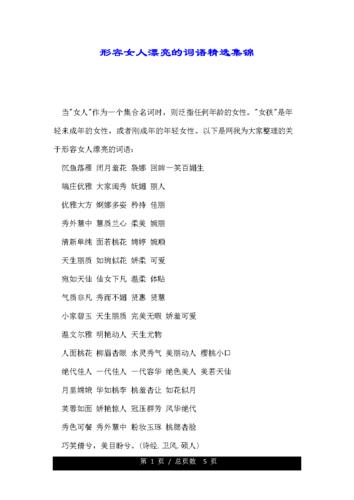健康预期寿命是什么意思
Understanding Healthy Life Expectancy
Healthy life expectancy (HLE) is a significant metric used to assess the overall health and quality of life within a population. Unlike traditional life expectancy, which focuses solely on the length of life, HLE incorporates the concept of quality of life by measuring the number of years individuals are expected to live in good health, without experiencing significant health issues or disabilities. Let's delve deeper into what healthy life expectancy entails and how it is calculated.
What is Healthy Life Expectancy?

Healthy life expectancy refers to the average number of years that an individual is expected to live in good health, without experiencing major illnesses or disabilities. It provides a more comprehensive understanding of the health status of a population beyond just the length of life. HLE takes into account various factors such as physical health, mental wellbeing, and social functioning to determine the overall quality of life experienced by individuals.
Calculating Healthy Life Expectancy
Several methods can be used to calculate healthy life expectancy, but one commonly employed approach involves analyzing data on morbidity and mortality rates within a population. Here's a simplified overview of the process:
1.
Gathering Data
: Health authorities collect data on mortality rates (deaths) and morbidity rates (prevalence of diseases and disabilities) within a specific population over a given period.2.
Estimating DisabilityFree Life Expectancy
: Using statistical models, researchers estimate the number of years individuals can expect to live without experiencing significant disabilities or health impairments.3.
Adjusting for Health Conditions
: Factors such as chronic diseases, injuries, and mental health disorders are taken into account when calculating healthy life expectancy. Conditions that significantly impact an individual's quality of life are given greater weight in the analysis.4.
Determining Overall Healthy Life Expectancy
: By combining data on mortality, morbidity, and disability, researchers calculate the average number of years individuals within the population can expect to live in good health.Importance of Healthy Life Expectancy
Healthy life expectancy serves as a crucial indicator of the effectiveness of healthcare systems, public health interventions, and socioeconomic policies. A high HLE suggests that individuals are living longer lives with fewer years spent in poor health, indicating better overall wellbeing and quality of life. On the other hand, a decline in HLE may signal underlying health issues, inequalities in access to healthcare, or inadequate public health initiatives that need to be addressed.
Factors Influencing Healthy Life Expectancy
Several factors can influence healthy life expectancy, including:
Access to Healthcare
: Adequate healthcare services, preventive care, and early detection of diseases can contribute to longer periods of good health.
Lifestyle Choices
: Healthy behaviors such as regular exercise, balanced nutrition, avoiding smoking, and limiting alcohol consumption play a significant role in maintaining overall health and extending healthy life expectancy.
Social Determinants of Health
: Socioeconomic factors, education level, employment status, access to clean water and sanitation, housing conditions, and social support networks all impact an individual's health outcomes and quality of life.
Genetic Predispositions
: While genetics can influence susceptibility to certain diseases, lifestyle factors often play a more significant role in determining overall health and longevity.Conclusion
Healthy life expectancy provides valuable insights into the health status and wellbeing of populations worldwide. By focusing on both the length and quality of life, policymakers, healthcare professionals, and communities can better understand health disparities, identify areas for improvement, and implement targeted interventions to promote healthier aging and enhance overall quality of life for all individuals.
I hope this explanation provides a clear understanding of healthy life expectancy and its significance in assessing population health. If you have any further questions or need additional information, feel free to ask!











